Range hood height location?
tncraft
12 years ago
Related Stories
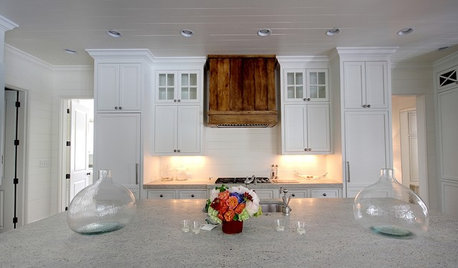
KITCHEN DESIGNWood Range Hoods Naturally Fit Kitchen Style
Bring warmth and beauty into the heart of your home with a range hood crafted from nature's bounty
Full Story
KITCHEN APPLIANCESWhat to Consider When Adding a Range Hood
Get to know the types, styles and why you may want to skip a hood altogether
Full Story
5 Stunning Modern Range Hoods
Today's kitchen range hoods can look like sleek sculptures. Here's what to look for when you go shopping for one
Full Story
KITCHEN DESIGNWhat to Know When Choosing a Range Hood
Find out the types of kitchen range hoods available and the options for customized units
Full Story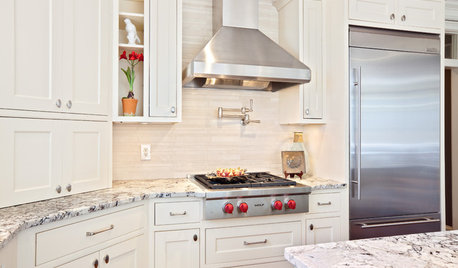
KITCHEN DESIGNHome Above the Range: Smart Uses for Cooktop Space
With pot fillers, shelves, racks and more, you can get the most function out of the space above your kitchen range
Full Story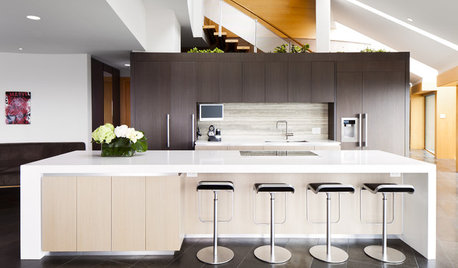
DECORATING GUIDESEasy Reference: Standard Heights for 10 Household Details
How high are typical counters, tables, shelves, lights and more? Find out at a glance here
Full Story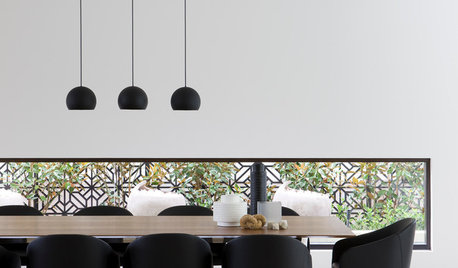
WINDOWSThese Windows Let In Light at Floor Height
Low-set windows may look unusual, but they can be a great way to protect your privacy while letting in daylight
Full Story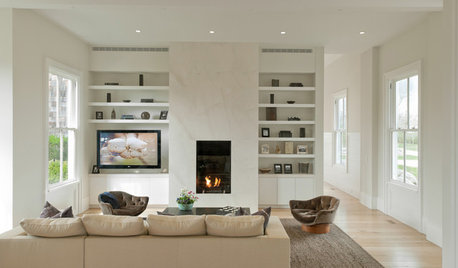
CEILINGS13 Ways to Create the Illusion of Room Height
Low ceilings? Here are a baker’s dozen of elements you can alter to give the appearance of a taller space
Full Story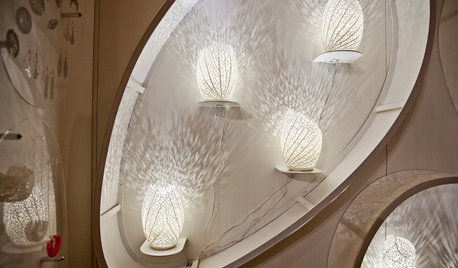
TASTEMAKERS3D Printing Takes Furnishings to New Heights at ICFF 2013
See how three-dimensional printing, laser cutting and other innovative technologies are changing the face of furnishings
Full StoryMore Discussions






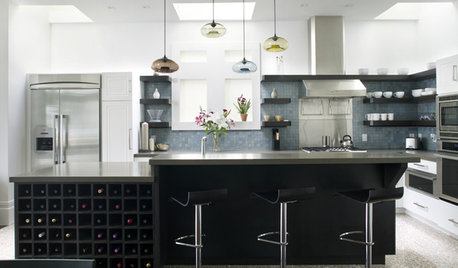


chac_mool
jakkom
Related Professionals
Highland Kitchen & Bathroom Designers · Martinsburg Kitchen & Bathroom Designers · Wentzville Kitchen & Bathroom Designers · Auburn Kitchen & Bathroom Remodelers · Bremerton Kitchen & Bathroom Remodelers · Channahon Kitchen & Bathroom Remodelers · Cocoa Beach Kitchen & Bathroom Remodelers · Eagle Kitchen & Bathroom Remodelers · Glen Allen Kitchen & Bathroom Remodelers · Martha Lake Kitchen & Bathroom Remodelers · North Arlington Kitchen & Bathroom Remodelers · Patterson Kitchen & Bathroom Remodelers · Middletown Cabinets & Cabinetry · Central Cabinets & Cabinetry · Phelan Cabinets & Cabinetryllaatt22
hilltop1155
chac_mool
snarke
Madeline616
kaseki